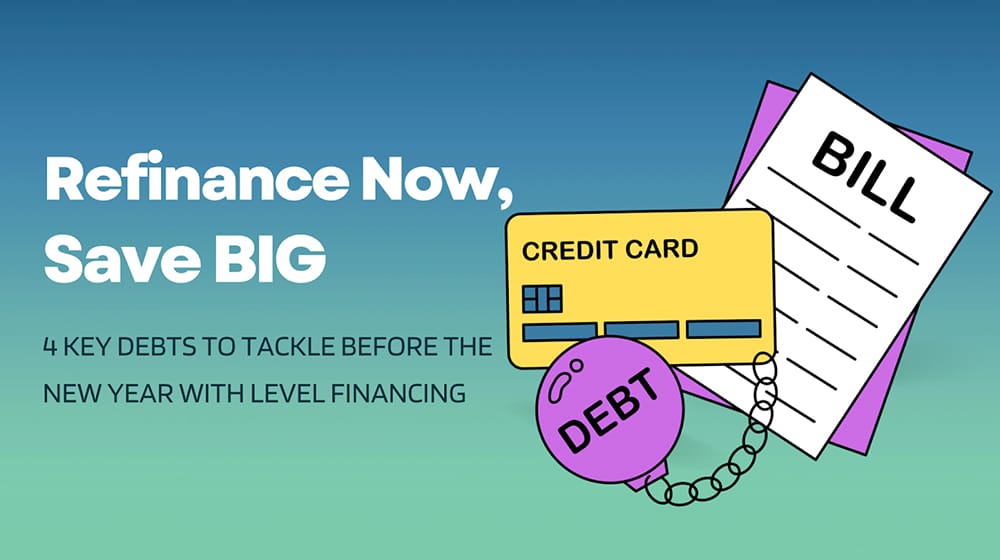Heading off to college or grad school? Exciting times! But paying for it all can get tricky. Student loans from the government or your school only cover so much. A personal loan may help bridge the gap between financial aid and the reality of tuition, books, housing, and living expenses.
Personal loans allow you to borrow money for any purpose. But there are challenges when you have little income or credit history.
This guide shares tips on how to get a personal loan as a student.. Plus—how to find the best loan for your situation. Let’s get started!
Understanding Personal Loans
Personal loans provide lump sums of cash that get repaid in fixed monthly installments. Unlike student loans or credit cards, the money isn’t restricted to specific uses like tuition or books. Spend it however you want!
Loan amounts typically range from $1,000 to $100,000. Did you get stellar credit? You may qualify for more. Interest rates vary too, often between 3% and 36%. Lower rates go to borrowers with great credit or collateral.
With personal loans, you pledge no collateral. That makes them “unsecured.” This differs from auto or mortgage loans backed by your car or home. On the plus side, nothing you own gets repossessed if you default!
Repayment terms span one to several years. Shorter terms mean higher monthly payments but less interest paid over time.
Key Takeaway: Compare all this to student loans, which have low fixed rates, defer payments while enrolled, and flexible repayment plans. Personal loans lack these built-in protections. But they provide cash for any purpose, making them an option when extra funding is needed.

Assessing Your Need for a Loan
Do you really need to borrow? First item—review your budget and financial aid package. Be realistic about costs. See where you might trim expenses or earn extra income.
If a funding gap remains, calculate the shortfall. Avoid the temptation to overborrow! With loans, you pay interest on every dollar. Borrow only what you require for essential educational expenses and reasonable living costs.
Key Takeaway: Loans also impact your future. Every dollar repaid is one less for goals like travel, moving out, or buying a car after graduation. Weigh the tradeoffs thoughtfully.
Read More: Is The Coast of a Degree Worth It?
Checking Eligibility Requirements
If a personal loan looks necessary, confirm you meet eligibility requirements:
- Age 18+ (or state’s minimum age)
- U.S. citizen or permanent resident
- Enrolled at least half-time at an accredited college or career school
Lenders also consider your credit, income, and existing debt levels. Most require a credit score of at least 650-700. A limited credit history won’t disqualify you, but it lowers approval odds.
Key Takeaway: Add a creditworthy co-signer, often a parent or guardian. Their income and credit get factored in. Just know, they’re equally responsible for repaying the loan. Choose this option thoughtfully.
Building or Improving Your Credit Score
A good credit score proves you responsibly manage debts and payments. Follow these tips to establish or boost your score:
- Open a credit card and pay it off monthly. Student cards often don’t need income.
- Become an authorized user on a parent’s account. Their good history becomes yours!
- Review credit reports annually and dispute any errors.
- Always pay bills and debts on time. Payment history is the biggest factor in your score!
Key Takeaway: It’s possible to build build credit during college. Lenders may offer better rates to graduates with good scores.

Comparing Lenders and Loan Options
Many places offer personal loans these days. Shop around for the best set of rates and terms! Here are places to research:
- Banks and credit unions: Start locally. An existing account relationship helps.
- Online lenders: Often offer fast approvals and money transfers.
- Peer-to-peer (P2P) sites: Borrow from individual investors.
Compare loan details carefully:
- Interest rates: Lower is better! Watch for promotional rates.
- Fees: Origination and late fees add to your costs.
- Loan terms: Longer terms have lower payments but higher total interest.
- Qualifications: Check credit score and income requirements.
- Borrower protections: Select lenders who offer unemployment or hardship options.
Key Takeaway: Don’t just focus on rates. The full picture guides you to a truly affordable loan.
Preparing and Submitting Your Application
Are you ready to apply? Prep these items:
- ID: Driver’s license, passport, or other government-issued ID.
- Proof of college enrollment: Acceptance letter, tuition bill, transcript.
- Income information: Paystubs, tax returns, bank statements.
- Budget summary: Lists income, expenses, debts, and assets.
Key Takeaway: Complete the application fully and accurately. Most lenders allow online applications. Otherwise, visit a branch or mail everything in.
Planning for Repayment
If approved—congrats! But borrowing wisely means looking ahead to repayment. Before accepting the loan, note:
- When repayment starts: Often while you’re still enrolled! Plan for this added expense in your student budget.
- Monthly payment amount: Will it fit within your post-grad income?
- Loan duration: Count the years until you’re debt-free.
Strategies to manage payments:
- Enroll in auto-pay: Avoid forgotten/late payments that damage credit and incur fees.
- Find a job: Working part-time provides income to help cover payments.
- Lower expenses: Downsize housing, transportation, and discretionary costs after college.
Key Takeaway: Double check your details before submitting! Any errors or inconsistencies may raise red flags and hurt your approval chances.

Avoiding Common Pitfalls
Eager student borrowers often make these mistakes:
- Borrowing excessively: Reduces affordability now and after graduation. Stick to needs!
- Ignoring the fine print: Know when repayment begins and the monthly amount expected.
- Missing payments: Sets off late fees and credit damage. Stay organized!
Key Takeaway: Stay financially responsible as you borrow. Limit risks to your affordability, credit, and financial goals. Live like a student now so you can thrive after graduation.




